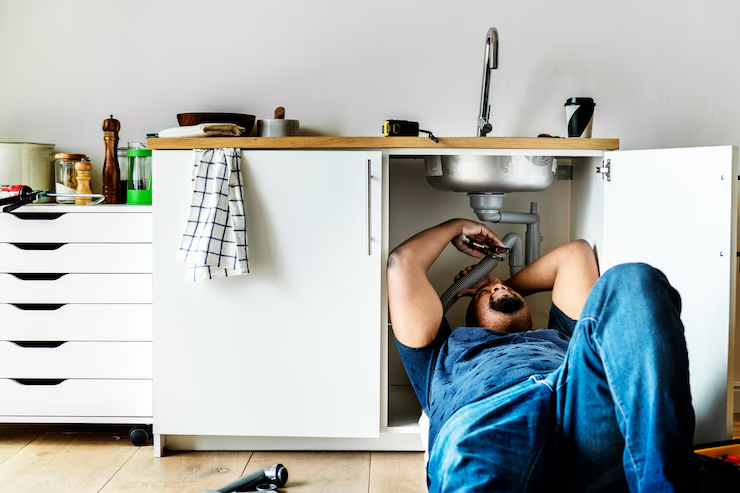Drain & Sewer Repair Installation
Your Comprehensive Guide
When it comes to maintaining the health of your home’s plumbing system, proper drain and sewer repair installation is crucial. A well-functioning drainage system ensures the smooth removal of wastewater and protects your property from potential water damage. In this guide, we’ll cover everything you need to know about drain and sewer repair and installation, helping you make informed decisions for your home.
Understanding Drain and Sewer Systems
Drainage Systems: These systems are responsible for removing wastewater from sinks, showers, and other fixtures. Proper drainage prevents clogs, backups, and unpleasant odors.
Sewer Systems: Unlike drainage systems, sewers handle the wastewater from multiple homes and transport it to treatment facilities. A malfunctioning sewer system can lead to serious health hazards and property damage.

Common Issues with Drain and Sewer Systems
1. Clogs: Accumulation of debris, grease, and foreign objects can lead to blockages. Regular maintenance and prompt attention can prevent major problems.
2. Leaks: Leaks in pipes or joints can cause water damage and mold growth. Early detection and repair are essential to avoid costly repairs.
3. Root Intrusion: Tree roots can penetrate sewer lines, leading to blockages and damage. Professional inspection can identify and address this issue.
3. Corrosion: Over time, pipes can corrode, especially in older homes. Corroded pipes can lead to leaks and reduced water flow.
Drain and Sewer Repair
1. Inspection: Before any repair work begins, a thorough inspection using cameras and other tools is essential to identify the problem’s root cause.
2. Cleaning: For minor clogs, professional cleaning can restore proper flow. Techniques like hydro-jetting use high-pressure water to clear blockages.
3. Pipe Repair or Replacement: Depending on the extent of the damage, pipes may need repair or replacement. Trenchless technology allows for less invasive repairs.
4. Root Removal: For root intrusion, specialized tools can remove roots from pipes without damaging the surrounding area.
5. Leak Detection and Repair: Advanced leak detection methods can pinpoint the exact location of leaks, allowing for targeted repairs.

Drain and Sewer Installation
1. Planning and Design: Proper planning ensures that the new system meets all local codes and effectively handles your household’s needs.
2. Material Selection: Choosing the right materials, such as PVC, cast iron, or copper, is crucial for durability and performance.
3. Professional Installation: Expert installation ensures that all components are correctly placed and connected, minimizing the risk of future issues.
4. Testing and Inspection: After installation, testing and inspection verify that the system operates correctly and meets all safety standards.
Maintenance Tips
1.Regular Inspections: Schedule regular inspections to catch potential problems early and maintain system efficiency.
2.Avoid Chemical Drain Cleaners: These can damage pipes over time. Use natural alternatives or consult a professional.
3.Dispose of Waste Properly: Avoid flushing non-biodegradable items or pouring grease down the drain.
4.Install Drain Screens: Use screens to catch debris and prevent clogs.
When to Call a Professional
While some minor issues can be handled DIY, complex problems with your drain and sewer system should be addressed by a professional. Signs that you need expert help include:
